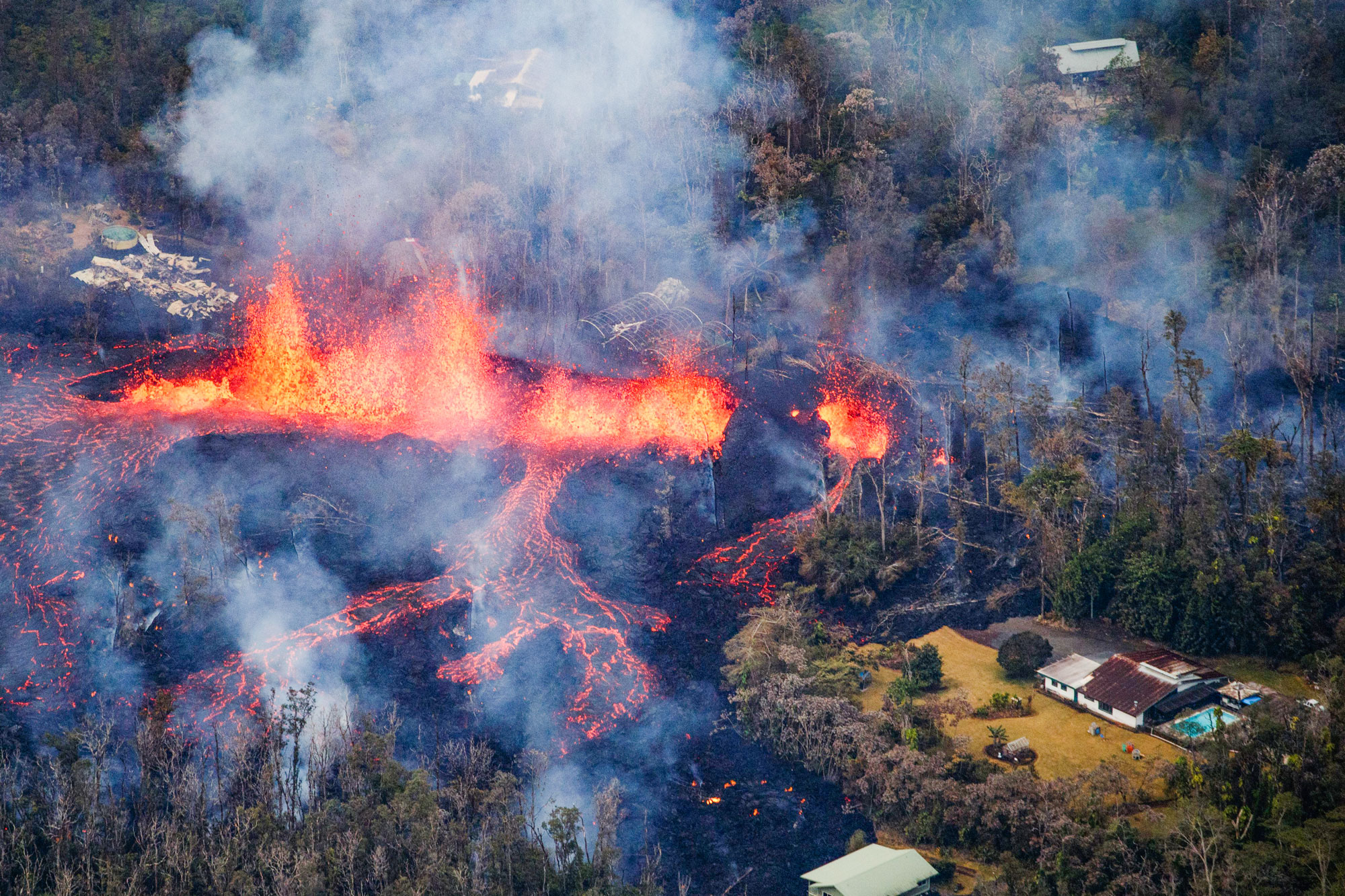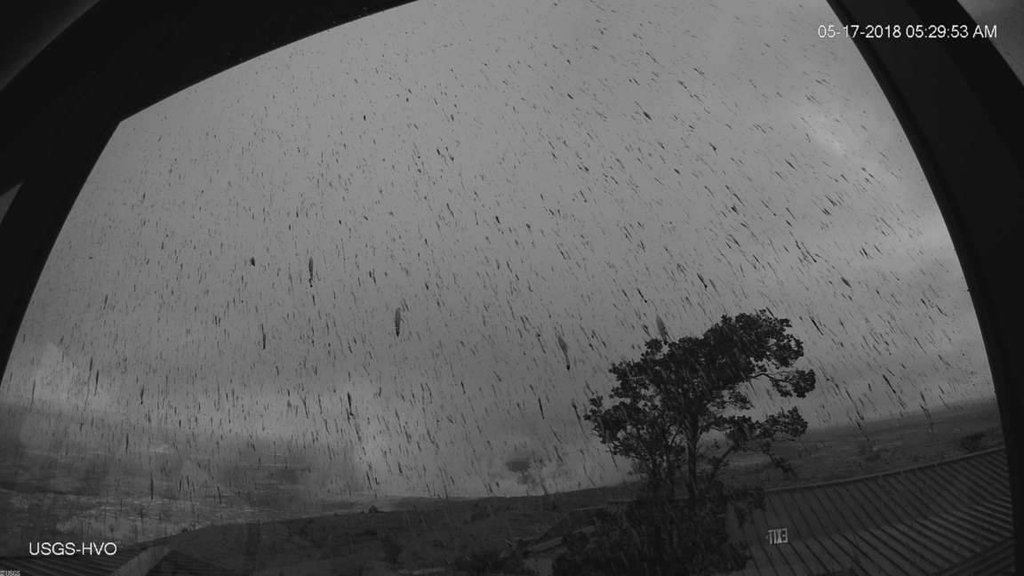By David Jacobson, Temblor
Click here to protect yourself from natural disasters

The most explosive eruption yet
At just past 4 a.m. this morning local time, Hawaii’s Kilauea Volcano erupted, sending ash over 30,000 feet into the sky, and began drifting northeast. This eruption comes two days after the aviation code was elevated from orange to red. Following the eruption, the USGS Hawaiian Volcano Observatory issued an advisory that, “At any time, activity may again become more explosive, increasing the intensity of ash production and producing ballistic projectiles near the vent.” While ash is expected to spread across the area close to the volcano, it does not pose a significant risk to, and residents are being advised to remain in shelters if they are in the path of the ash cloud.

Today’s eruption is the most explosive in a series of events that began on May 3. However, there are fears that an even larger eruption could take place at one of the world’s most active volcanoes in the coming weeks to months. Part of the concern is that the lava lake at the summit of Kilauea is dropping significantly. As this happens, the lava will fall below the water table, and large boulders, some the size of cars will fall into the vent, blocking the opening. Then, as lava interacts with the water, steam is created, and explosive events can occur. Such events are called phreatic eruptions. It is not known yet if today’s eruption was a phreatic event.
Likely not a life-threatening situation
Fortunately, a steam-driven event would likely not pose significant risk to life, as the largest boulders, often called bombs, would only be cast in the immediate vicinity of the crater. However, damage could still occur as marble-sized rocks could still be cast up to 10 miles. Because of this, and to protect tourists and residents, Hawaii Volcanoes National Park has been closed since last Thursday.

How long could this last?
Even though today’s eruption was the largest since increased activity began on May 3, it only lasted a few minutes. Nonetheless, continued emissions from the crater are still reaching 12,000 feet. For some, this is not impacting their daily lives, as people continue to play golf (see below). However, people are being advised to take caution as increased levels of volcanic air pollution (vog) have been noted around the Big Island, and there is still the possibility of a larger eruption.

In addtion to the eruptions at the summit of Kilauea, smaller fissure eruptions continue in the Lower East Rift Zone. This is the area around Leilani Estates, where dozens of homes have already been consumed by slow-moving ‘a’a lava flows. In total, nearly 2,000 people have been evacuated from their homes, as there are now 20 fissures which have opened up. Unfortunately, if past events can help us predict what will happen, it is unlikely things will slow down for some time, as in 1955, similar activity commenced for 88 days. Therefore, it is possible that residents will continued to be rattled and subjected to continuous volcanic eruptions for some time.

References
USGS
New York Times
Forbes
CNN
NBC News
- Earthquake science illuminates landslide behavior - June 13, 2025
- Destruction and Transformation: Lessons learned from the 2015 Gorkha, Nepal, earthquake - April 25, 2025
- Knock, knock, knocking on your door – the Julian earthquake in southern California issues reminder to be prepared - April 24, 2025
